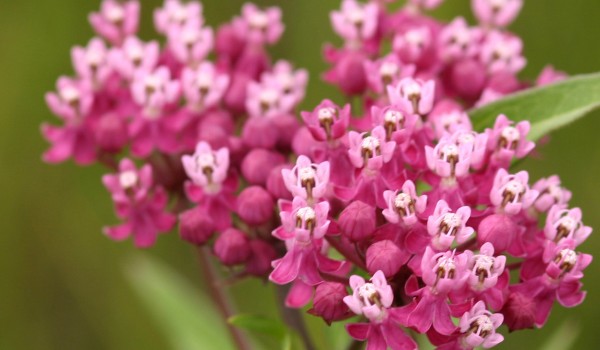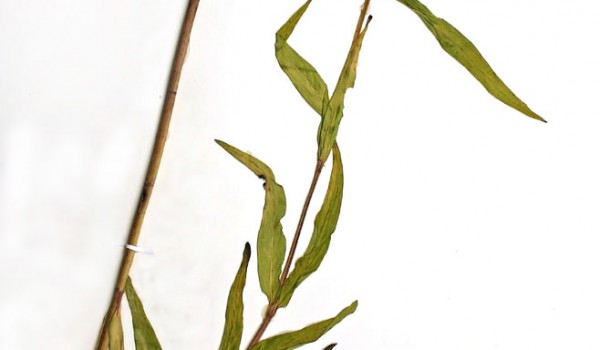Milkweed (Asclepiadaceae)
Swamp Milkweed
Asclepias incarnata L.Swamp Milkweed is named for its milky white sap and high moisture requirements. It is a fragrant plant, and toxic when consumed in large doses. Plants have been used by Indigenous peoples for medicinal purposes, and its stem fibres were used for making rope and textiles. The fluffy seed hairs drift on the wind and float on water. These seeds were used during WWII for stuffing in pillows and lifejackets.
Flower Colour:
- Pink
Flowering Season:
- Summer
Flowering Months:
- August
- July
- June
Canadian Rarity Status:
Not rare. Listed as “may be at risk” on Prince Edward Island.
Physical Appearance:
This perennial grows between 30 and 150 cm tall, with stems occasionally branching. The leaves are opposite, and lance-shaped with smooth edges. Flowers occur in clusters of 10-40 on stem-tops. Each flower has five drooping pink petals, partially joined at their base. Between these and the stamens are five light pink, hooded arches, each with a curved horn. In the fall, seeds with tufts of hair are released from tear-shaped fruits and distributed by the wind.
Similar Species:
Dwarf Milkweed, Showy Milkweed
Gardening Notes:
Seeds and/or plants are typically available from greenhouses and seed supply companies specializing in native plants. Swamp Milkweed can be grown from seed or by dividing already established plants.
Canadian Distribution:
- Manitoba
- New Brunswick
- Nova Scotia
- Ontario
- Prince Edward Island
- Quebec
Prairie Types:
- Tall Grass Prairie
Habitats:
- Forests
- Prairies
- Roadsides
- Wetlands
Moisture Conditions:
- Moderate
- Moist
- Wet
Light Preference:
- Full Sun
- Part Shade
Soil Preference:
- Acidic
- Clay
- Loam
- Neutral
- Silt
Associated Pollinators:
-
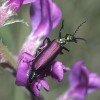 Blister Beetles (Meloidae)
Blister Beetles (Meloidae)
-
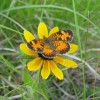 Brush-footed Butterflies (Nymphalidae)
Brush-footed Butterflies (Nymphalidae)
-
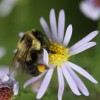 Bumble, Honey, and other Bees (Apidae (Subfamily Apinae))
Bumble, Honey, and other Bees (Apidae (Subfamily Apinae))
-
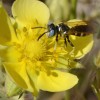 Crabronid Wasps (Crabronidae)
Crabronid Wasps (Crabronidae)
-
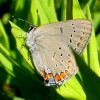 Gossamer-winged Butterflies (Lycaenidae)
Gossamer-winged Butterflies (Lycaenidae)
-
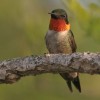 Hummingbirds (Trochilidae)
Hummingbirds (Trochilidae)
-
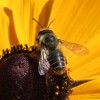 Leafcutter and Mason Bees (Megachilidae)
Leafcutter and Mason Bees (Megachilidae)
-
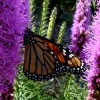 Milkweed Butterflies (Nymphalidae (Subfamily Danaiinae))
Milkweed Butterflies (Nymphalidae (Subfamily Danaiinae))
-
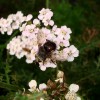 Parasitic Flies (Tachinidae)
Parasitic Flies (Tachinidae)
-
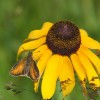 Skippers (Hesperiidae)
Skippers (Hesperiidae)
-
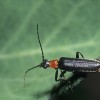 Soldier Beetles (Cantharidae)
Soldier Beetles (Cantharidae)
-
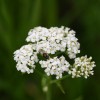 Soldier Flies (Stratiomyidae)
Soldier Flies (Stratiomyidae)
-
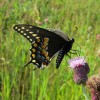 Swallowtail Butterflies (Papilionidae)
Swallowtail Butterflies (Papilionidae)
-
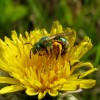 Sweat Bees, Halictid Bees and other Bees (Halictidae)
Sweat Bees, Halictid Bees and other Bees (Halictidae)
-
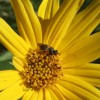 Thick-headed Flies (Conopidae)
Thick-headed Flies (Conopidae)
-
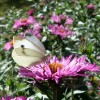 Whites, Sulfurs, Orangtips, Marbles (Pieridae)
Whites, Sulfurs, Orangtips, Marbles (Pieridae)
-
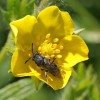 Yellow-faced Bees (Colletidae)
Yellow-faced Bees (Colletidae)
-
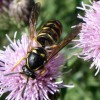 Yellowjacket, Potter, and other Wasps (Vespidae)
Yellowjacket, Potter, and other Wasps (Vespidae)






